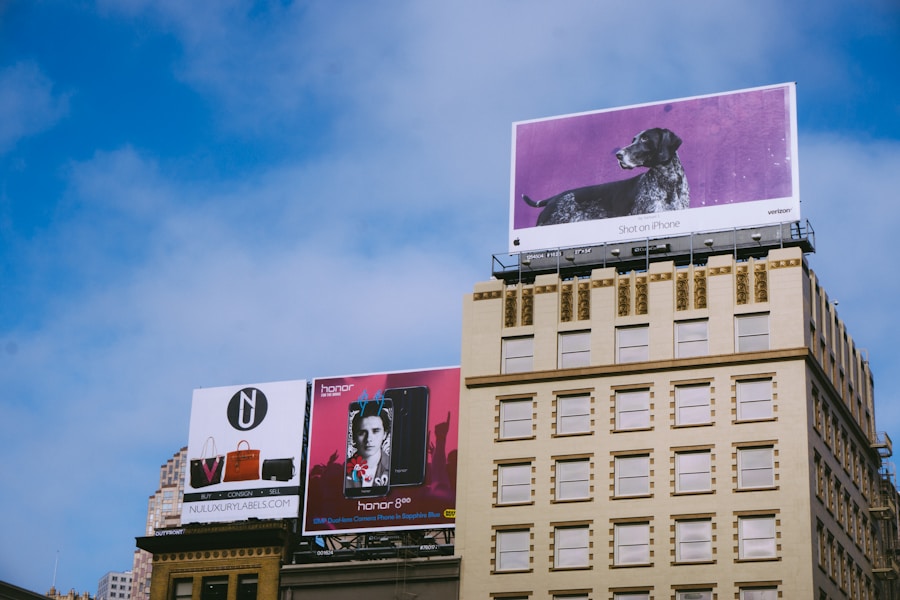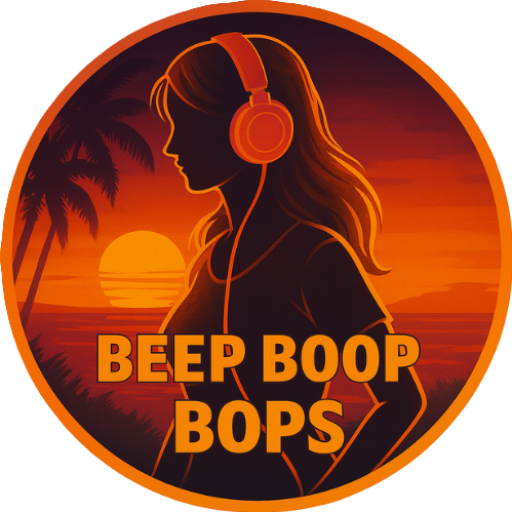As I embark on the journey of establishing my brand, I realize that the first step is to deeply understand what my brand represents. This involves introspection and a clear articulation of my values, mission, and vision. I take the time to reflect on what I want my brand to convey to my audience.
Is it creativity, authenticity, or perhaps a sense of community? By identifying these core elements, I can create a foundation upon which all other aspects of my brand will be built. Moreover, understanding my target audience is crucial.
I need to know who they are, what they value, and how they perceive the world. This knowledge allows me to tailor my brand message and visual identity to resonate with them. I often conduct surveys or engage in conversations with potential customers to gather insights.
By doing so, I can ensure that my brand not only reflects my personal vision but also meets the needs and desires of those I aim to serve.
Key Takeaways
- Understanding your brand is crucial for creating a strong visual identity
- A unique logo and visual elements can help your brand stand out
- Choosing the right color palette and typography can enhance brand recognition
- Consistency across platforms is key for a cohesive visual identity
- Incorporating visual identity into merchandise and album art can strengthen brand image
Creating a Unique Logo and Visual Elements
Once I have a firm grasp of my brand’s essence, the next step is to create a unique logo and visual elements that encapsulate that identity. A logo is often the first impression people have of my brand, so it must be memorable and representative of what I stand for. I brainstorm ideas and sketch out concepts that align with my brand values.
This process is both exciting and challenging, as I strive to distill complex ideas into a simple yet impactful design. In addition to the logo, I consider other visual elements such as icons, patterns, and imagery that can enhance my brand’s identity. These elements should work harmoniously with the logo to create a cohesive visual language.
I often explore various design styles and trends, but I remind myself that originality is key. My goal is to create visuals that not only stand out but also tell a story about who I am and what my brand represents.
Choosing a Color Palette and Typography

The next step in solidifying my brand’s visual identity involves selecting a color palette and typography that reflect my brand’s personality. Colors evoke emotions and can significantly influence how my audience perceives my brand. I carefully consider the psychological effects of different colors and how they align with my brand values.
For instance, if my brand embodies creativity and innovation, vibrant colors might be more appropriate, while softer tones could convey calmness and reliability. Typography is equally important in establishing my brand’s voice. The fonts I choose should complement my logo and overall aesthetic while also being legible across various platforms.
I experiment with different typefaces, considering factors such as style, weight, and spacing. Ultimately, I aim for a combination that feels authentic to my brand and enhances the overall visual experience for my audience.
Consistency Across Platforms
| Platform | Consistency Score |
|---|---|
| 85% | |
| 90% | |
| 80% | |
| 88% |
With my logo, color palette, and typography in place, I recognize the importance of maintaining consistency across all platforms. Whether it’s my website, social media profiles, or promotional materials, a unified visual identity helps build recognition and trust among my audience. I create a style guide that outlines how to use my logo, colors, and fonts consistently across different mediums.
This consistency extends beyond just visuals; it also encompasses tone and messaging. I ensure that the language I use aligns with my brand’s personality, whether I’m writing a blog post or engaging with followers on social media. By presenting a cohesive image across all touchpoints, I reinforce my brand identity and make it easier for my audience to connect with me.
Incorporating Visual Identity into Merchandise and Album Art
As I develop my brand further, I explore ways to incorporate my visual identity into merchandise and album art. This is an exciting opportunity to extend my brand beyond digital platforms and into tangible products. When designing merchandise, I consider how to translate my logo and visual elements into items that resonate with my audience.
Whether it’s t-shirts, stickers, or other promotional materials, each piece should reflect the essence of my brand. Album art is another critical aspect where visual identity plays a significant role. The artwork should not only be visually appealing but also encapsulate the themes and emotions of the music within.
I collaborate with graphic designers or artists who understand my vision and can bring it to life in a way that resonates with listeners. By ensuring that all merchandise and album art align with my visual identity, I create a cohesive experience for my audience.
Building a Strong Online Presence

In today’s digital age, building a strong online presence is essential for any brand. I focus on creating a user-friendly website that showcases my work while reflecting my visual identity. The design elements should be consistent with what I’ve established—colors, typography, and imagery should all work together to create an engaging experience for visitors.
Social media platforms are another vital component of my online presence. Each platform has its unique characteristics, but I strive to maintain a consistent visual identity across them all. This means using similar profile pictures, cover images, and post styles that align with my overall branding strategy.
Engaging content is key; I share behind-the-scenes glimpses of my creative process, updates on new projects, and interact with followers to foster a sense of community around my brand.
Engaging with Visual Storytelling
Visual storytelling is an incredibly powerful tool for connecting with my audience on a deeper level. Through images, videos, and graphics, I can convey narratives that resonate emotionally with those who encounter my brand. I think about how each piece of content can tell a story—whether it’s through an Instagram post showcasing the making of a new song or a video that captures the essence of an event.
I also consider how to incorporate user-generated content into my storytelling strategy. Encouraging fans to share their experiences related to my brand not only fosters engagement but also creates authentic narratives that enhance my visual identity. By weaving these stories together, I can create a rich tapestry that reflects the diverse experiences of those who connect with my work.
Evolving and Adapting Your Visual Identity
As time goes on, I recognize that brands must evolve to stay relevant in an ever-changing landscape. While consistency is crucial, being open to adaptation is equally important. Trends shift, audiences change, and new opportunities arise; therefore, I remain vigilant about assessing how well my visual identity aligns with current market dynamics.
I periodically revisit my branding elements to ensure they still resonate with both me and my audience. This might involve refreshing my logo or updating color schemes to reflect new themes in my work. However, any changes are made thoughtfully; I aim to maintain the core essence of what makes my brand unique while embracing growth and innovation.
In conclusion, building a strong visual identity for my brand is an ongoing journey that requires careful consideration at every step. From understanding what my brand represents to creating cohesive visuals across platforms, each element plays a vital role in shaping how others perceive me. By engaging in visual storytelling and remaining adaptable over time, I can ensure that my brand continues to resonate with audiences while staying true to its core values.
If you’re looking to build a music brand with visuals, you may want to check out this article on how to create eye-catching graphics for your music events. Visuals play a crucial role in establishing a strong brand identity, and this article offers valuable tips and insights on how to effectively use visuals to promote your music brand. Whether you’re designing flyers for upcoming shows or creating social media posts to engage with your audience, this article can help you make a lasting impression with your visual content.
FAQs
What is a music brand?
A music brand is the visual and sonic representation of a musician or band. It includes the logo, color scheme, imagery, and overall aesthetic that represents the artist’s identity and music.
Why are visuals important for a music brand?
Visuals are important for a music brand because they help create a strong and memorable identity for the artist. They can help convey the artist’s style, genre, and message to their audience.
What are some key visual elements of a music brand?
Key visual elements of a music brand include a logo, color palette, typography, album artwork, promotional materials, and merchandise design.
How can visuals help with brand recognition?
Strong and consistent visuals can help with brand recognition by making the artist easily identifiable and memorable to their audience. When fans see the visual elements associated with the brand, they can quickly associate it with the artist.
What are some tips for building a music brand with visuals?
Some tips for building a music brand with visuals include staying true to the artist’s identity, being consistent with visual elements across all platforms, and working with a professional designer to create high-quality visuals.
How can social media be used to strengthen a music brand visually?
Social media can be used to strengthen a music brand visually by consistently sharing visually appealing content that aligns with the brand’s identity. This can include album artwork, behind-the-scenes photos, and promotional graphics.



